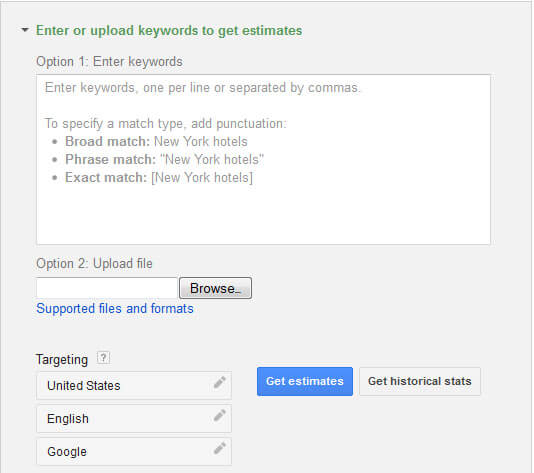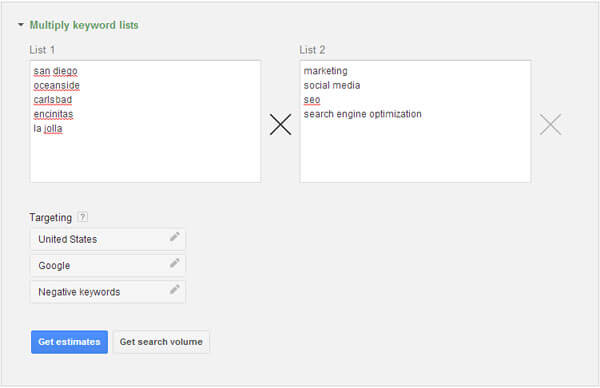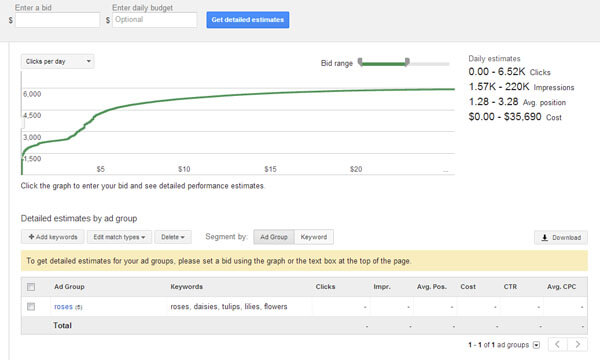The sun has finally set on Google AdWord’s Keyword Tool and the new Keyword Planner is giving marketers mixed feelings.
The Google Keyword Tool, a staple for SEO’s and PPC managers alike, has officially retired. Of course, Google wouldn’t leave us all empty-handed and has provided the Keyword Planner in its place. While SEO and PPC experts all over the world will say goodbye to the Keyword Tool, the new Google Keyword Planner is being embraced with mixed sentiment.
Google Keyword Planner is said to combine the functionality of the Keyword Tool and Adwords’ Traffic Estimator, allowing users to find keyword ideas and the respective traffic for them. Sounds pretty similar to the Keyword Tool functionality, but there are some definite differences along with new features as well.
Points of contention
Login to AdWords – Instead of being an external tool, users now have to log in to an AdWords account in order to use the tool, which can be a bit inconvenient. For PPC managers who spend most of their time logged into AdWords anyway, it probably won’t make much of a difference.
No more match type data for search volume – The Keyword Traffic Tool would allow users to specify different match types, like a broad match and phrase match when gathering data. Google Keyword Planner, on the other hand, shows data for exact match only.
No more device targeting – The late Keyword Tool revealed data for the desktop by default, but would allow users to target specific devices like tablets or mobile phones as well. However, Google Keyword Planner targets all devices by default, showing a broader set of data. The plus is that keyword volumes are now more accurate because it incorporates data for users across multiple devices. On the other hand, users no longer have the option to see data for anyone specific device.
New Benefits
Get estimates for more keywords – With the Keyword Planner, you can get estimates for more keywords by uploading your own lists with up to 10,000 keywords. You of course still have the option to type in the keywords manually.

Multiply keyword lists – Many of you may be familiar with the concatenate feature in excel just for this purpose. Now the Keyword Planner offers a completely new feature where you can mash up different keyword lists.

More customized CPC estimates – With the Keyword Planner, you are able to get more customized estimates based on your actual budget, bids and location. This gives you a better idea for how many clicks and impressions you’ll receive and at what cost. The Keyword Planner also allows you to save your keyword plans and add them directly to your current PPC campaigns.

The simplicity of the Keyword Tool was its most appealing asset, but a brief introduction to the new Google Keyword Planner will soon erase any uncertainty. While a few of the old features have neglected to make it into the new tool, an influx of new ones will help soften the blow. The Keyword Planner still serves the purpose of its former counterpart, and at the end of the day, that’s what matters most.
If you have any questions about Google Keyword Planner or how to use it, please contact us for a free consultation.
Submitted by Erica Machin, Titan Growth

